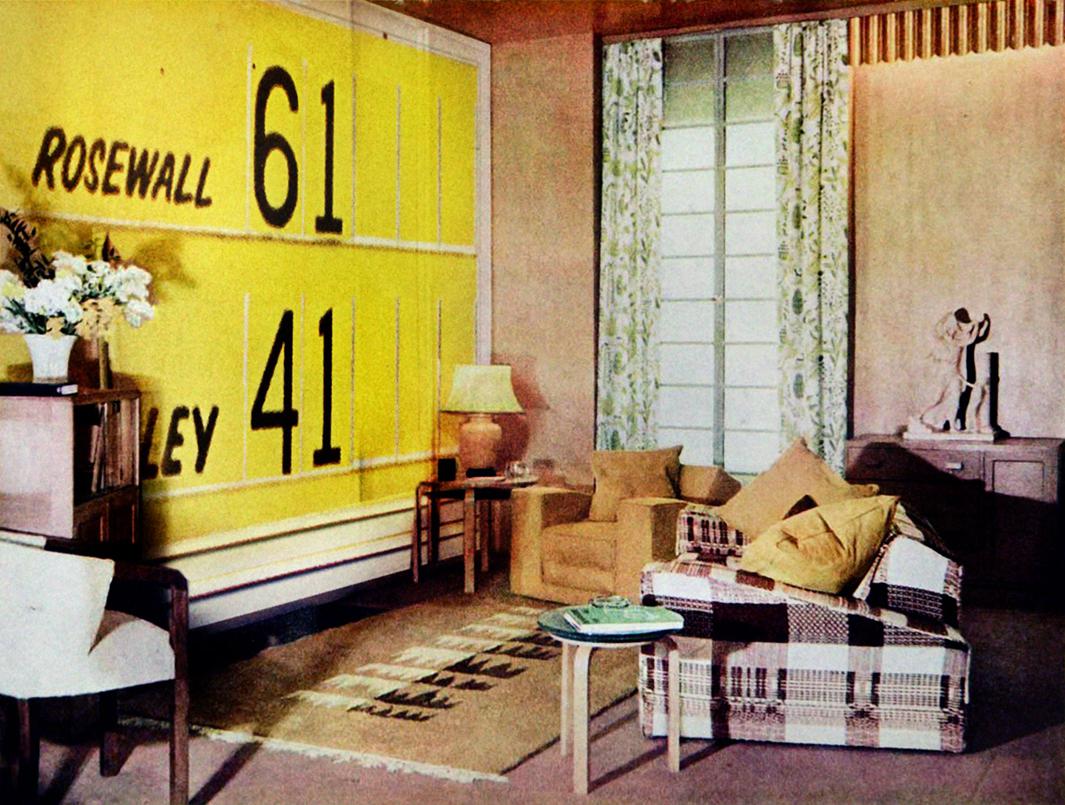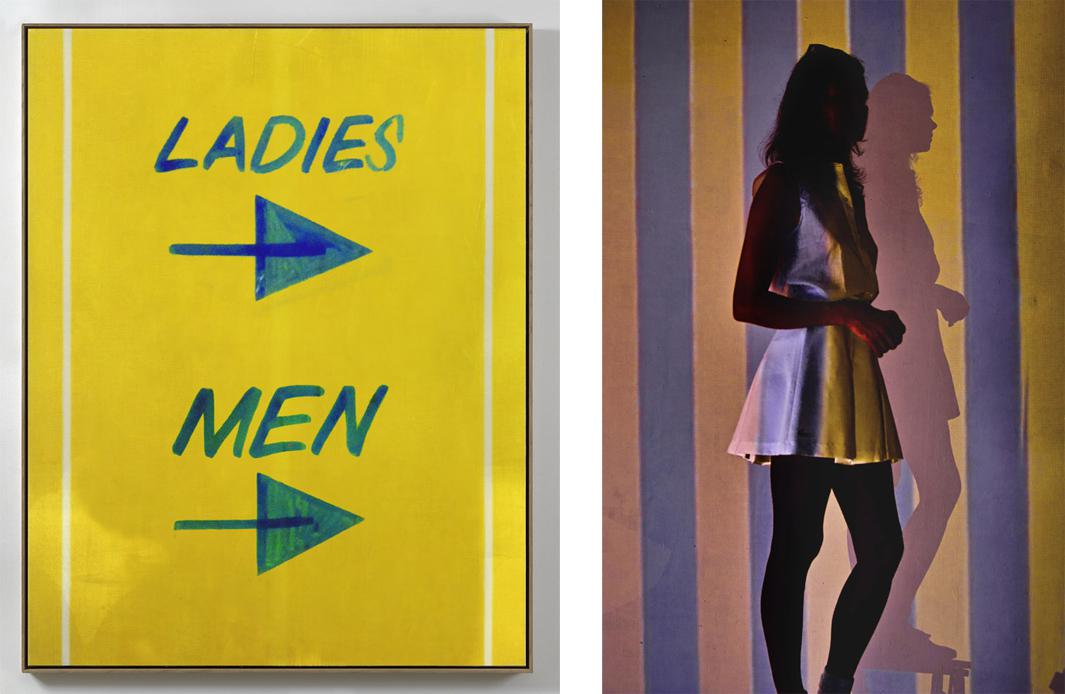It has been nearly 40 years since the U.S. Open was played at the West Side Tennis Club in Forest Hills, New York, a quick train ride from the tournament’s current location in Flushing.
Forest Hills was home to the U.S. Open during most of the 1970s, an iconic and historic era for tennis: Chris Evert made her Grand Slam debut there in in 1971; Arthur Ashe was the first black man to win a Grand Slam in 1968. It is also the only Grand Slam site that was played on three surfaces: grass, har-tru (clay), and hard court.
Bill Sullivan, inspired by the club, its stadium, and, more generally, by tennis as seen through its iconic players and its influence in fashion, architecture, design, and art, created a historical and fantastical book about the sport, as well as the nature of image making, titled Forest Hills.
Primarily known as a portrait painter, Sullivan said the inspiration for the book began a few years ago when he became interested in trying to create images people would “want to touch” and started photographing computer screens up close. During a search for images that could hold the created textures, he discovered an aerial view of the stadium at Forest Hills. He would end up spending a couple of years recreating 15 views of the stadium as it might have looked over its 80 year history.

Bill Sullivan

Bill Sullivan

Bill Sullivan
Tennis resonated deeply with Sullivan as a child, a sport for which he said he was always drawn to and which provided him with one of his first aesthetic experiences. He wanted to create a photography-based project about all of the Grand Slams (Australian Open, French Open, Wimbledon, and the U.S. Open) but settled on Forest Hills because of its multi-surface history.

Bill Sullivan
Sullivan said that Forest Hills is a story about a real place, but it is also a study about what that place might have meant to people over the years, a celebration about tennis, and, in a more abstract sense, about how its off-court influence helped to shape collective memories among fans. From a design perspective, Forest Hills is also symbolic of Sullivan’s interest in the Bauhaus style of art and its inclusion of various genres of art and design, as well as the modern influence of Photoshop.
“When you talk to someone else [about tennis], people are almost more into the way people look, the specifics of the trappings, of the design and other elements,” he said. “There is a strong collective memory. If I talk about Borg, for example, you can remember what he was wearing, how high his socks were, his shoes. It kind of goes generationally like that.”
A couple of themes related to tennis are incorporated in Forest Hills: the use of lines and gender roles. Sullivan played with the lines of the court that began to move from the game to the person during the early days of Forest Hills. He mentions how, in the 1920s, the bold, minimalist element that framed the courts began to appear in advertisements for beer and cigarettes, symbolic of the Forest Hills brand; Sullivan explores that trend throughout the book through his created images.
Because Sullivan believes that tennis is the one—if not the only—sport for which men and women are seen as equal, he played around graphically with players both iconic (such as Chris Evert) and fascinating (such as the Chilean player Anita Lizana who fainted at the end of the 1937 final) and crossed out their faces, a nod to painters such as Cezanne and as a way for Sullivan to integrate the player into their surroundings.
Sullivan wants to keep an air of mystery to the book and said not everyone will get it, something that doesn’t bother him.
“People either get it or they don’t,” he said. “I wanted to keep it that way; I don’t want to explain too much.”

Bill Sullivan

Bill Sullivan
Forest Hills will be available for shipping on Sept. 23.
